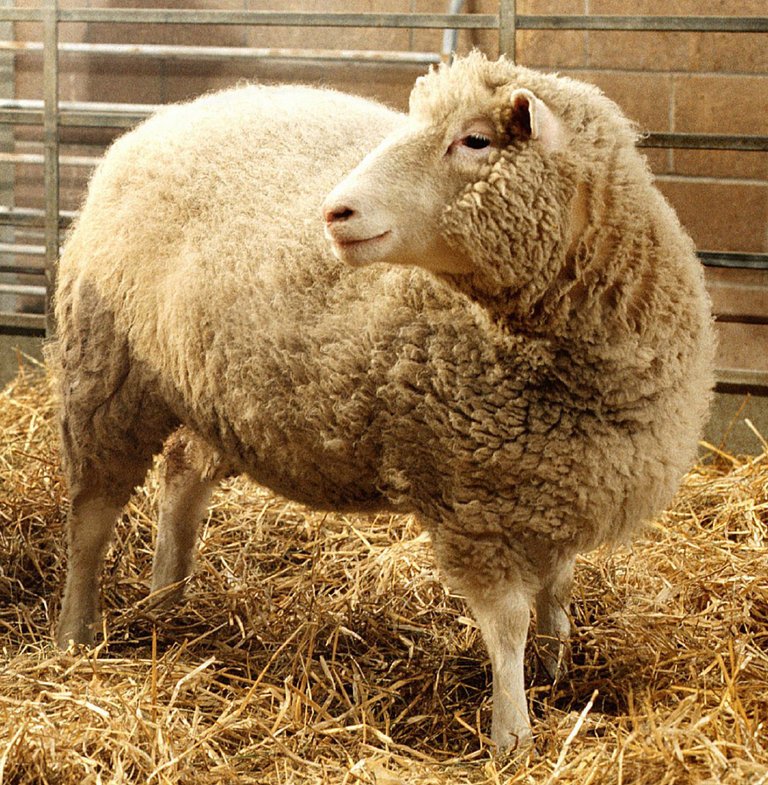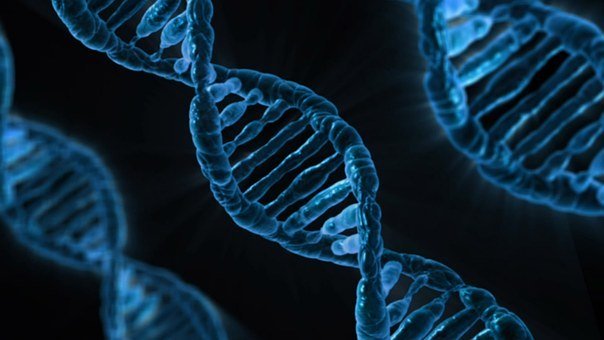Cloning: How It Works, Its Uses And Implications For Humanity

Image courtesy of Britannica
Clones.
They're a staple of science fiction. Being major points in classics such as Star Wars or modern works such as Gemini Man. Despite being a concept known by most people, the science behind cloning isn't always clear to the average person.
In this post I'll separate the fact from the fiction and highlight the realities behind cloning. So buckle up for the ride because it's going to be a fun one.
What Is Cloning?
According to Wikipedia.
Cloning is the process of producing individuals with identical or virtually identical DNA , either naturally or artificially.
From that definition you can see that there are two types of cloning
- Natural Cloning
Cloning is a method of asexual reproduction that is present in both unicellular and multicellular organisms. Life forms that utilize cloning for reproduction include bacteria, fungi and certain species of plants and insects.
- Artificial Cloning
This is cloning as a result of human intervention. This form of cloning is actually thousands of years old, originating from farmers who would use horticultural techniques to propagate a single crop multiple times.
Recent advances in science have made humans dream of and attempt cloning in other fields. There have been attempts to clone animals, and even revive extinct species.
The most common process for artificial cloning is the use of the somatic cell nuclear transfer technique. Where the nucleus of a somatic cell is transplanted to an egg cell that has had its nucleus removed.
If the process is successful, the embryo is placed in a surrogate mother that carries the clone to term.
Is It Possible To Clone Humans And Why Would We Want To Do That?
Theoretically it's quite possible to create humans clones, but the idea of human cloning is rife with controversies.
When it comes to humans there's two possible applications;
- Therapeutic cloning
Ths is a process of cloning human cells for medical purposes, i.eresearch, organ transplants etc.
- Reproductive cloning
This involves cloning an entire human.
The Ethics Of Cloning
There has been debate on the ethics of cloning and it's implications for the human race. Some advocate while others oppose the use of cloning technology.
Religious views on the subject are largely negative, with opponents believing that cloning is an act of playing God.
There are also concerns about regard for human life, as the embryos used in the process often die.
Proponents of therapeutic cloning claim that the technology would readily provide tissues and organs for people needing transplants.
Cloning is seen as a viable means of preserving endangered species and reviving extinct ones.
Opponents of cloning claim the technology isn't safe or reliable, and could expose humans to health risks.
Proponents of cloning claim the technology can allow infertile parents procreate.
There are concerns about the rights of cloned humans, as the technology could be subject to abuse.
Think of scenarios where humans are born simply so their organs and tissues can be harvested.
There's also the question of how clones would integrate into human society.
We could have scenarios where clones are subject to racial prejudice, being seen as inferior or counterfeit humans.
Clones could also find their personal freedoms limited if a company considered their genetic material as a patent.
Closing Thoughts
Cloning turns out to be a fascinating technology with both positive and negative aspects.
Personally, I believe human cloning is acceptable when it's being done for medical purposes, but beyond that it's a game of toying with human lives. I've read enough history and science fiction to know that will never end well for the human race.
Or will it?.
Your thoughts on the subject are appreciated. Let's talk about it in the comments section.
References
Image credits Pixabay, @jacksondavies, Britannica



Hi @jacksondavies
Your write up is quite impressive but to make you eligible for support from stemsocial community and other communities;
Kindly Reference the images used and to be specific, it will be recommended and Advisable you add the specific link to each image used respectively
For further assistance and guidance, you can join the stemsocial community on discord
https://discord.gg/2fMnYj2
I did place image credits at the bottom of the post. Corrections have been made and the credits are now on every image.
First time posting in STEMsocial by the way.
To help you further, always use the 'enter' key when Adding your tags in the stemsocial app. I guess that's why your tags appeared that way above..
You could try editing and Using the enter key. This is to ensure more visibility.
Thanks for the tip.
I was about to head to discord to ask about tags.
I usually paste my tags from my clipboard.
Thanks for your contribution to the STEMsocial community. Feel free to join us on discord to get to know the rest of us!
Please consider supporting our funding proposal, approving our witness (@stem.witness) or delegating to the @stemsocial account (for some ROI).
Thanks for using the STEMsocial app and including @stemsocial as a beneficiary, which give you stronger support.